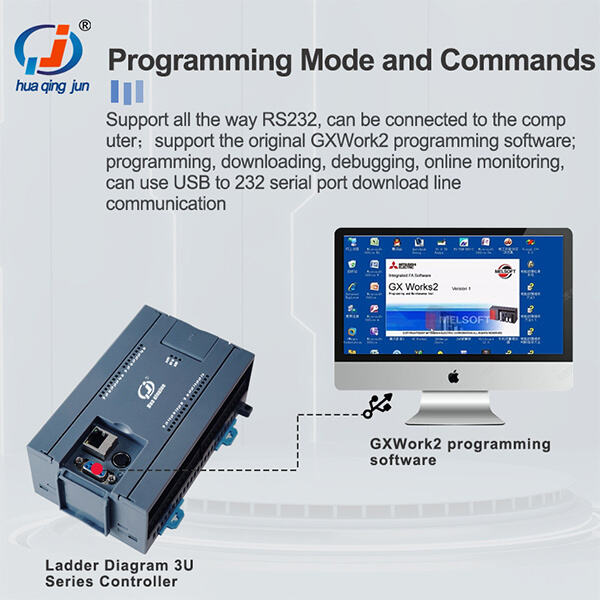In this complete ladder programming you will learn, basics of a Ladder diagram, components of a Ladder Programming, writes step wise to make and read it Here we are Check out common uses for ladder diagrams, see how they work and some troubleshooting tips.
One graphical representation of a control logic sequence is the basic ladder diagram. It represents inputs, outputs and logic functions with symbols to form a visual representation of the control process. Ladder Diagrams are used in programmable logic controllers (PLC) for designing and controlling sequential control systems.
Basic elements of ladder diagram Those include input symbols, output symbols, rungs, logic elements and power rails. The input symbols representing sensor or switch signals, and the output symbol representing actuator or device signals. Rungs — Ladder rungs are where you place logic functions to control the flow of electricity. The desired control logic is implemented using different logic functions like AND, OR or NOT gates. Power rails are what power the control system.

When creating a ladder diagram, first draw the power rails of the left and right sides of this system…. Then fill in the appropriate spaces on the diagram with your input/output symbols. Now tie the symbols together with logic functions in rungs to form your control logic sequence. Read a ladder diagram by beginning at the left power rail and following the logic functions on each rung to follow how electricity flows through the system.

Simple ladder diagrams are found in many applications within PLC programming. Motor ControlLighting ControlConveyor systemsTemperature regulation In motor control applications, ladder diagrams are used to start and stop motors, change their direction of rotation, and determine how fast they run. For example, one might use a ladder diagram to implement lighting control where lights can be turned on and off based on inputs from sensors. Ladder diagrams are used to implement the movements of products on a conveyor belt in many conveyor systems. Ladder Diagrams are used for temperature regulation applications to read input from a given number of sensors and control the heating / cooling systems, if necessary.

You want to have a very systematic way of troubleshooting and debugging simple ladder diagrams. First of all, look for any loose wires or wires disconnected with the AC DC Amplifier Board function as well as components that have been fried. Check for continuity between different points and at various voltage levels in the circuit, using a multimeter. Validate the logic of the program and ensure it is properly implemented following a correct sequence of control. Finally, you can simulate the program within a PLC software environment to check for errors that can be adjusted.